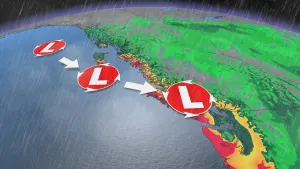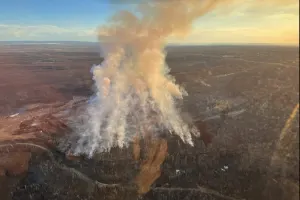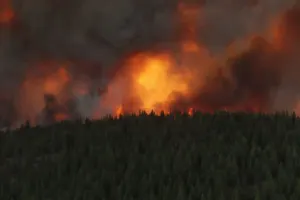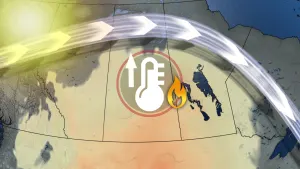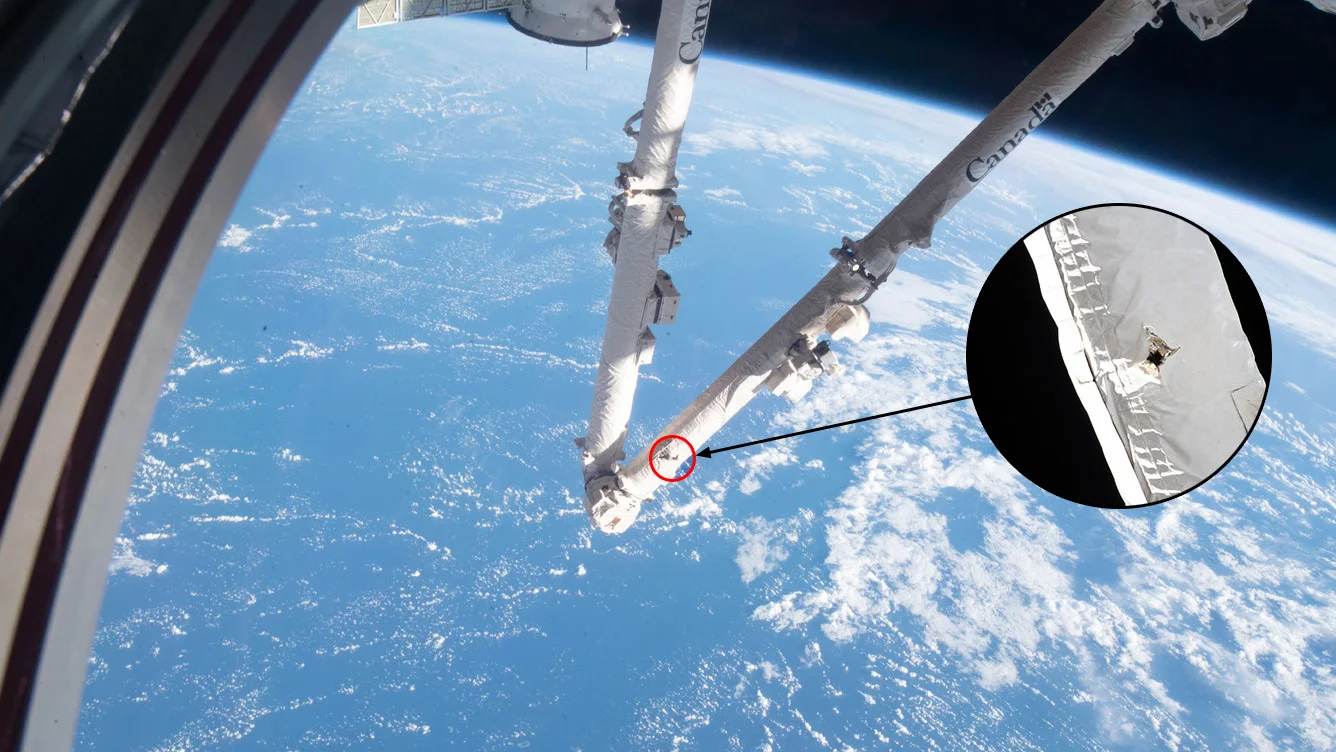
Space debris impact damages Canadarm2 on the International Space Station
One of the millions of tiny bits of space debris circling our planet left its mark on the Canadarm2 last month.
Space debris is a growing problem, and a recent maintenance check by the International Space Station crew revealed the dangers, as they spotted damage done to the Canadarm2 by an impact.
Astronauts on board the ISS snap pictures of the station and Earth on a near-daily basis. This provides us with amazing views of our planet from space. It also serves to keep a close eye on the status of the space station and its various components. While taking these station maintenance photos on May 12, 2021, one of the crew spotted something new and unexpected on the Canadarm2.
Several images taken when the station was well-lit by the Sun revealed a small hole near the 'elbow' of the station's robotic arm. The likely culprit for this damage? A small piece of space debris.
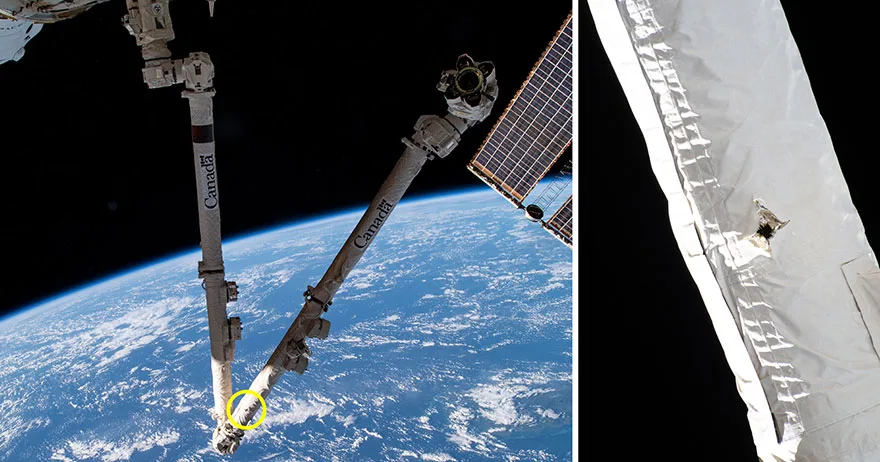
These images, taken on May 12, 2021, show the Canadarm2, as well as a close-in view of the damage done by a space debris impact. Credit: CSA/NASA
Space debris, also known as orbital debris or space junk, is any piece of artificial, human-produced hardware that orbits our planet. Larger objects include defunct satellites, spent rocket boosters, and tools lost during spacewalks. Smaller objects range from nuts and bolts, as well as fragments of larger objects that have broken apart (possibly during impacts with other objects).
According to the Canadian Space Agency: "Experts from the Canadian Space Agency (CSA) and NASA worked together to take detailed images of the area and assess the impact, which occurred on one of Canadarm2's boom segments.
Despite the impact, results of the ongoing analysis indicate that the arm's performance remains unaffected. The damage is limited to a small section of the arm boom and thermal blanket. A hole approximately 5mm in diameter is visible."
Other images taken at the time show that whatever piece of debris hit the arm did not appear to exit out the other side. So, it looks as though this vital piece of Canadian space technology has a permanent tag-along on its mission.
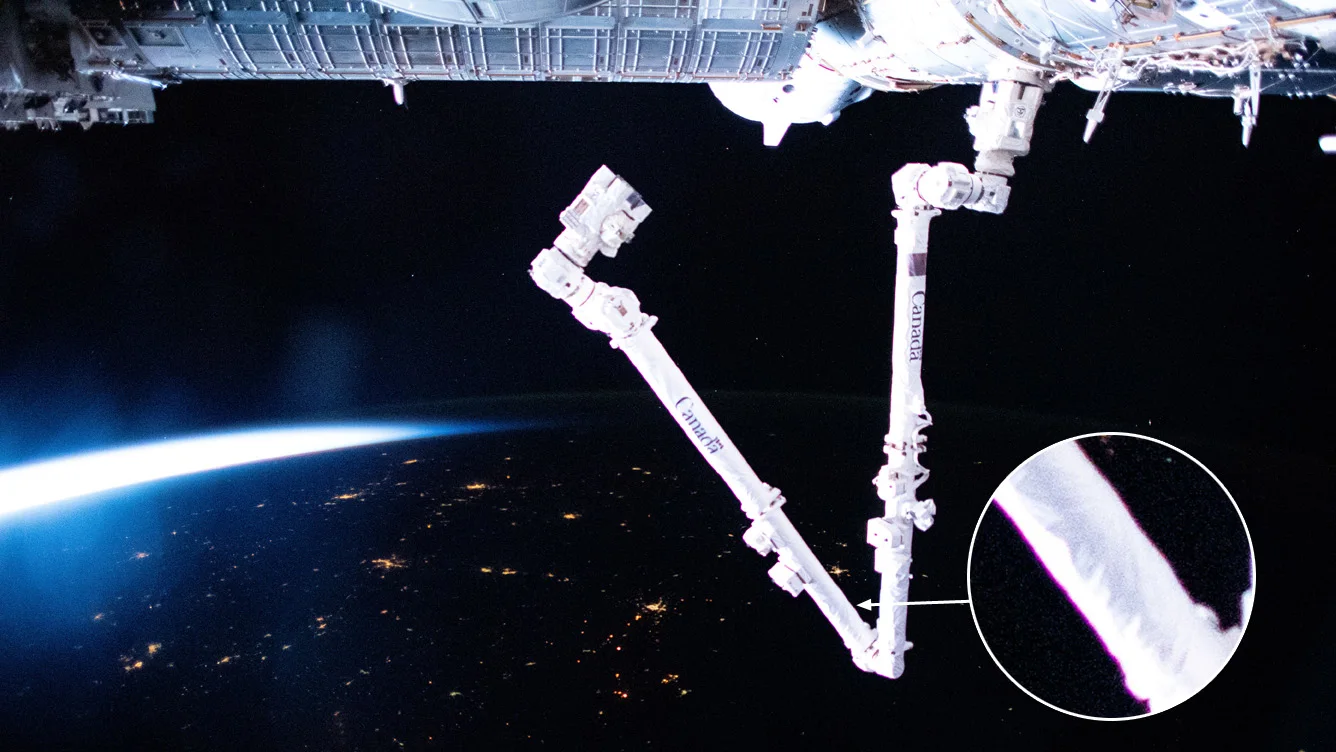
ESA astronaut Thomas Pesquet snapped this photo of the side of the Canadarm2 opposite to where the impact occurred, on May 13, 2021, as the ISS flew over Europe. As shown in the zoomed inset, it does not appear as though the object exited after the impact. Credit: NASA/ESA
NOT THE FIRST, OR LAST
This isn't the first time astronauts on the ISS have sent back images of damage to the station by space debris.
During his 2013 mission, Canadian astronaut Chris Hadfield spotted what he called a "bullet hole" in one of the station's solar panels.
In 2016, ESA astronaut Tim Peake posted an image he took while inside the space station cupola, showing damage to one of the windows.
According to NASA, they can track objects as small as 5 centimetres in diameter from the ground, and currently keep tabs on 27,000 pieces of debris in orbit that are larger than the size of a softball. They estimate there are half a million objects larger than 1 centimetre and up to 100 million bits of debris larger than 1 millimetre. The number of smaller, sub-millimetre objects is even greater. Given that they travel at speeds of around 25,000 kilometres per hour as they circle the planet, any of these objects can cause damage to orbiting satellites and spacecraft. The larger the object is, the more severe that damage will be.
As it is, the ISS and any visiting spacecraft likely fly through clouds of these tiny debris particles on every orbit. They are too small to track, and thus there is no way to avoid them like they do with larger known objects. It's really only a matter of time before they spot the next bit of damage from an impact with something more significant.
KESSLER SYNDROME
Like any good disaster movie, the film Gravity ramps up the danger to an extreme for the sake of drama. In this fictional tale, astronaut engineer Dr. Ryan Stone (played by Sandra Bullock) has to make a harrowing escape from space as a growing cloud of space debris destroys everything in low-Earth orbit. However, this story does highlight a genuine problem we face in orbit.
Since the 1950s, the amount of space debris circling our planet has grown. These objects range from entire rocket boosters and defunct satellites, down to nuts and bolts, and even microscopic flecks of paint. When these objects strike each other or hit functioning satellites and spacecraft, the force of the impact produces even more space junk. The increase in space junk due to these impacts is known as Kessler Syndrome, named after NASA scientist Donald Kessler, who first described the scenario in 1978.
In the fictional world of the movie, debris from one satellite test quickly spirals out of control. Within hours, it results in the destruction of a space shuttle, the Hubble Space Telescope, the ISS and China's Tiangong-1 space station, and likely many, many satellites along the way.
In the actual scenario, Kessler warned about a long-term buildup of debris in orbit. The results were ultimately the same, though. If the amount of space junk in orbit grew too large, it would be nearly impossible to safely operate a satellite in low-Earth orbit. Even launching rockets and sub-orbital flights would be too risky. We would, effectively, be cut off from space.







